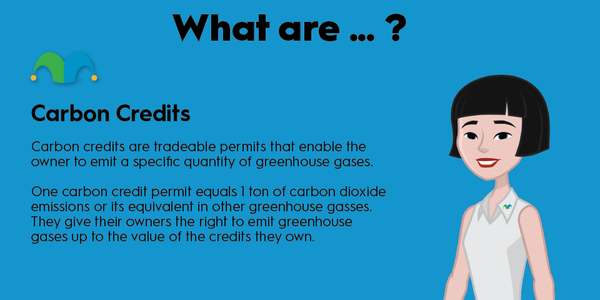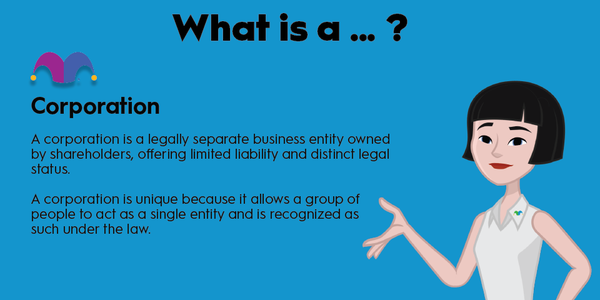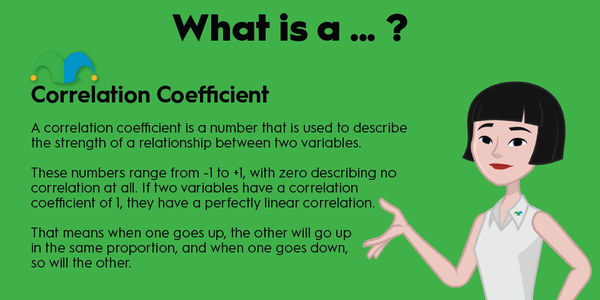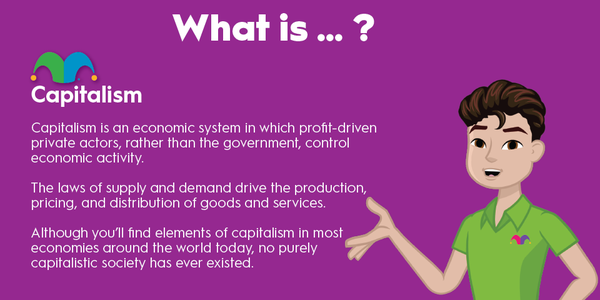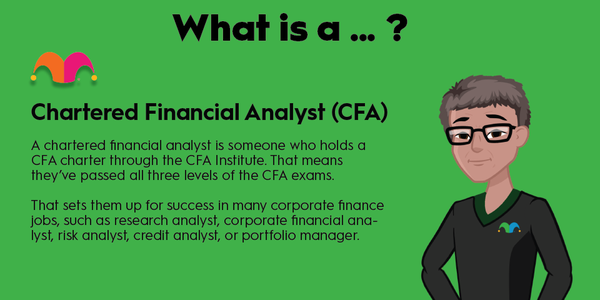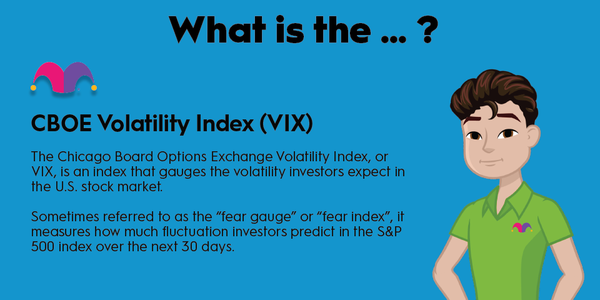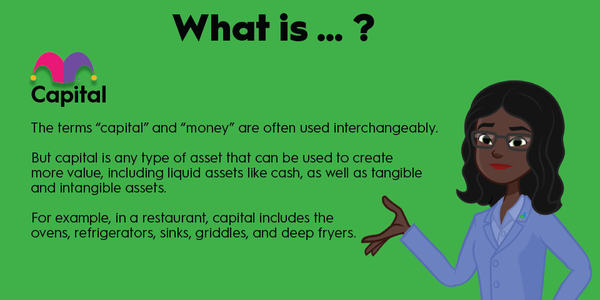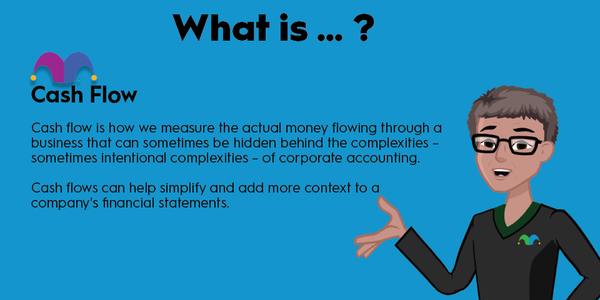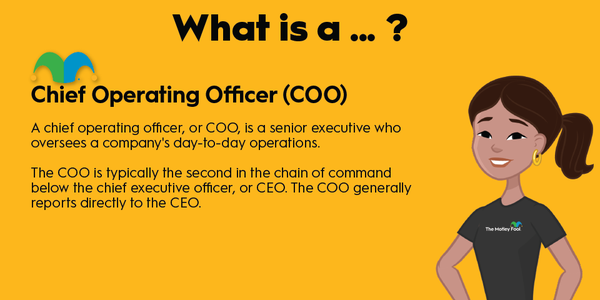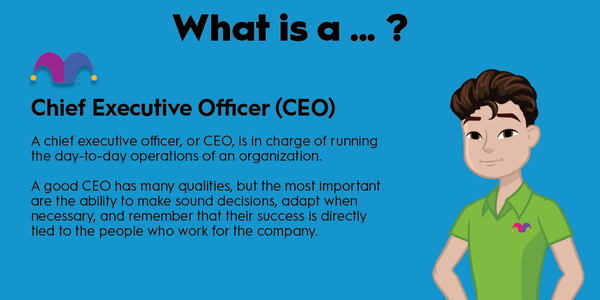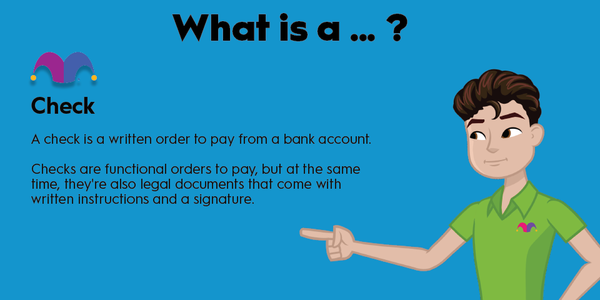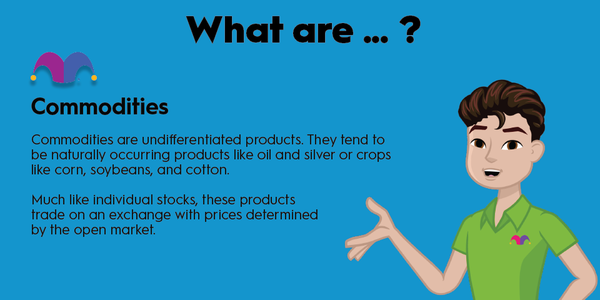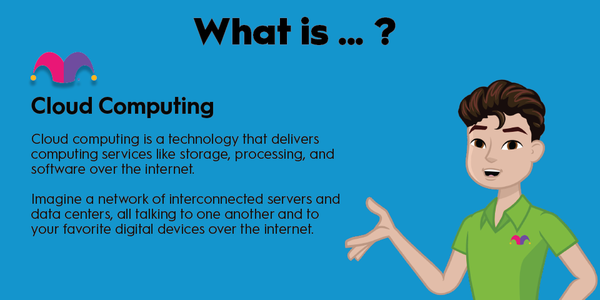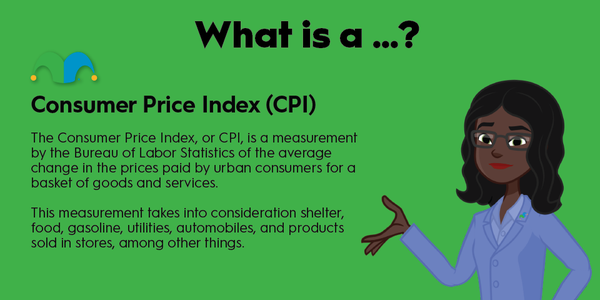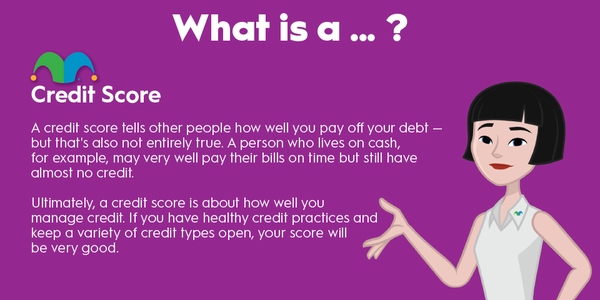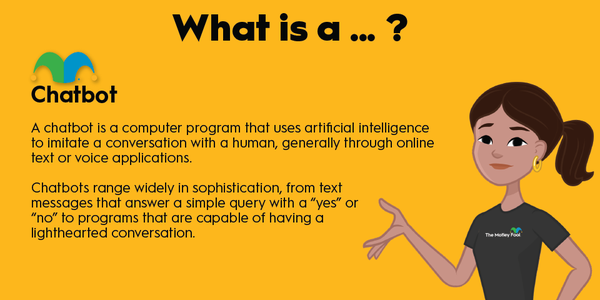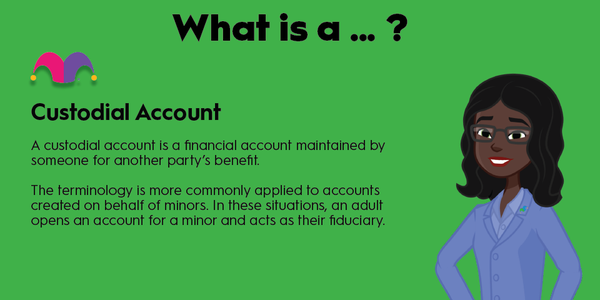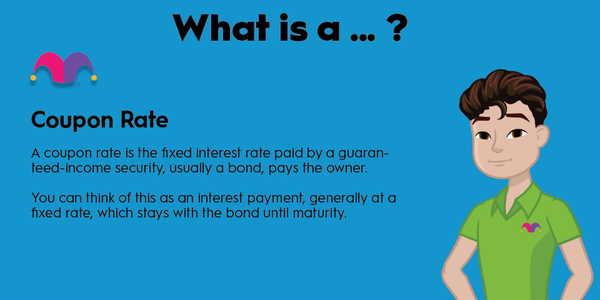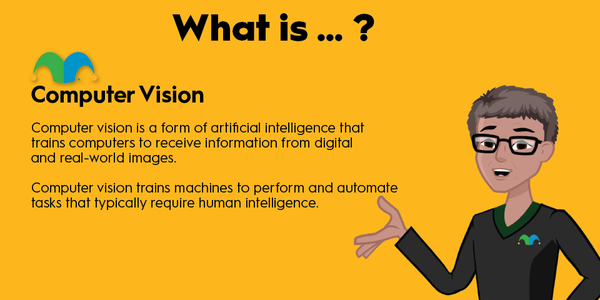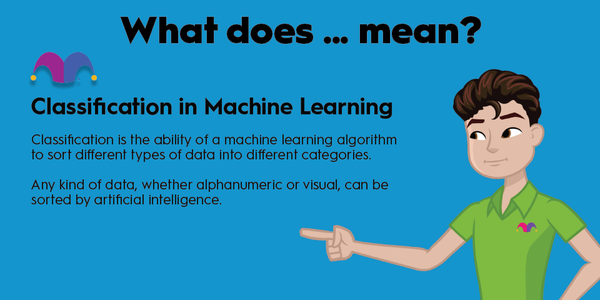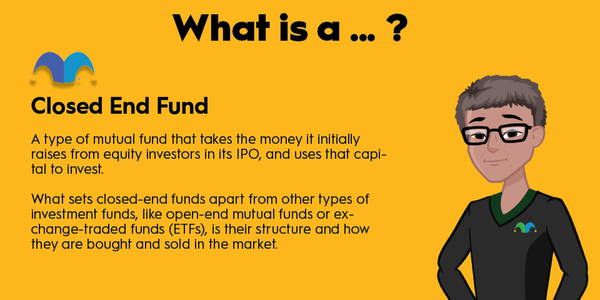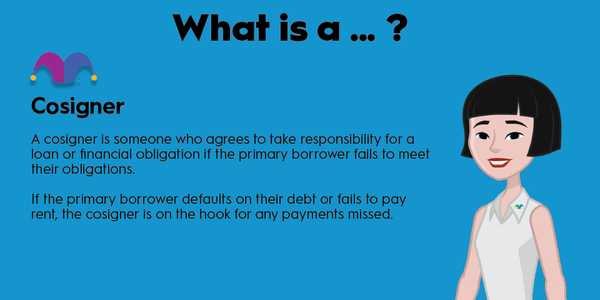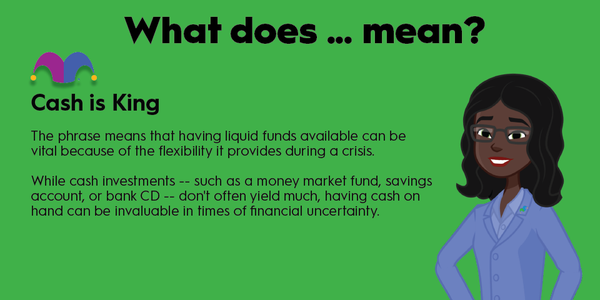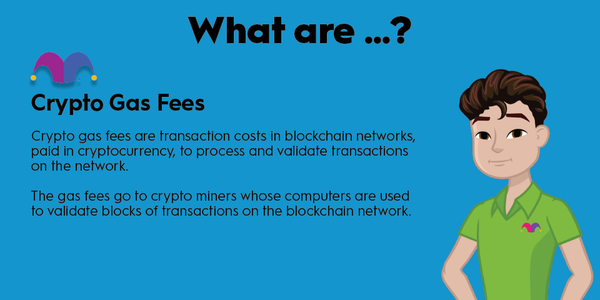When you go to the grocery store and load your cart with things like frozen food, snacks, beverages, coffee, shampoo, and toothpaste, you’re stocking up on consumer-packaged goods. Consumer-packaged goods are products you consume virtually every day that must be replenished regularly. In this article, we’ll explore the basics of consumer-packaged goods and some of the challenges in the industry.
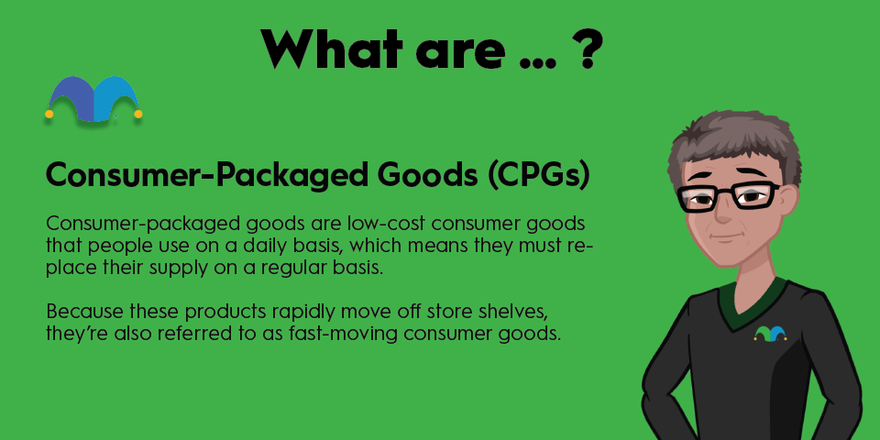
What are consumer-packaged goods?
What are consumer-packaged goods?
Consumer-packaged goods are low-cost consumer goods that people use on a daily basis, which means they must replace their supply on a regular basis. Because these products rapidly move off store shelves, they’re also referred to as fast-moving consumer goods.
Examples of consumer-packaged goods, or CPGs, include:
- Food.
- Beverages.
- Toiletries and cosmetics.
- Cleaning products.
- Small appliances.
CPGs often have a limited shelf life. Consumer-packaged goods differ from consumer durables that you only need to replace every few years, such as cars, appliances, computers, and furniture. Compared to consumer durables, consumer-packaged goods are usually inexpensive.
Traditionally, customers purchase CPGs from brick-and-mortar retailers, like supermarkets and drug stores. Because shelf space in stores is limited, competition is fierce among CPG manufacturers. Packaging is usually designed to distinguish a product from its competitors and give it a competitive advantage.
But e-commerce is a growing presence in the industry. Today, more consumers are buying these products from Amazon and omnichannel websites like Walmart.com.
COVID-19 has been a driving force in this trend. According to a 2021 McKinsey & Co. report, just 13% of households had purchased groceries online prior to the pandemic. But by March 2020, the number shot up to 30%.
Investing in CPGs
Investing in consumer-packaged goods
Companies that produce CPGs typically fall into the consumer staples sector. Some of the biggest names in the industry include Procter & Gamble (PG -0.78%), Kraft-Heinz (KHC -0.55%), The Coca-Cola Company (KO 0.0%), PepsiCo (PEP -0.62%), Nestle SA (NSRGY -0.09%), and Colgate-Palmolive (CL 1.93%).
Consumer-packaged goods companies tend to be large, stable businesses. They typically hold up well during recessions. After all, people don’t typically change their consumption of toilet paper or toothpaste, even when they’re worried about the economy. However, they also tend to have limited growth potential. Still, because they have consistently steady cash flows, many of these companies pay regular dividends.
Challenges
Challenges facing the CPG industry
Despite consistent demand for consumer-packaged goods, there are also a number of challenges in the industry. Here are a few examples:
- CPG purchases are shifting online: More customers are purchasing groceries and other staples online, but e-commerce tends to have slimmer margins. The shift to e-commerce has also opened the door to additional competitors.
- Inflation pressures: Although inflation slowed in the first months of 2023, prices were substantially higher than before the pandemic. Many customers responded by switching to private-label brands, which tend to be cheaper, or value retailers, like dollar stores.
- Easy for customers to switch brands. Customers often don’t have strong brand loyalty when it comes to things like paper towels, cleaning products, and packaged foods. A small price drop in a competitor’s product may be enough to make them switch brands.
- Vulnerability to supply chain issues. Even slight disruptions in the supply chain can have a significant impact on consumer-packaged goods (CPGs), particularly for products with a limited shelf life, like food.
Related investing topics
Example of a CPG company
Example of a consumer-packaged goods company
Procter & Gamble Co. is one of the largest consumer-packaged goods manufacturers in the globe. The conglomerate produces 65 brands across 10 categories that include home products, baby care, and grooming.
Because it produces staples that customers buy regardless of economic conditions, Procter & Gamble is known as a solid defensive stock. In 2022, when the S&P 500 tanked by almost 20%, Procter & Gamble shares only dropped about 7%. The company posted 7% growth in organic sales for the fiscal year, according to its 2022 annual report.
Like many CPG manufacturers, Procter & Gamble has been relatively slow to shift to e-commerce. Online sales were up 11% in fiscal 2022, representing 14% of total sales.
As of May 2023, Procter & Gamble paid a $0.94 quarterly dividend, amounting to an annual yield of 2.58%. With 67 consecutive annual dividend hikes under its belt, the CPG giant is a solid member of the Dividend Kings.

